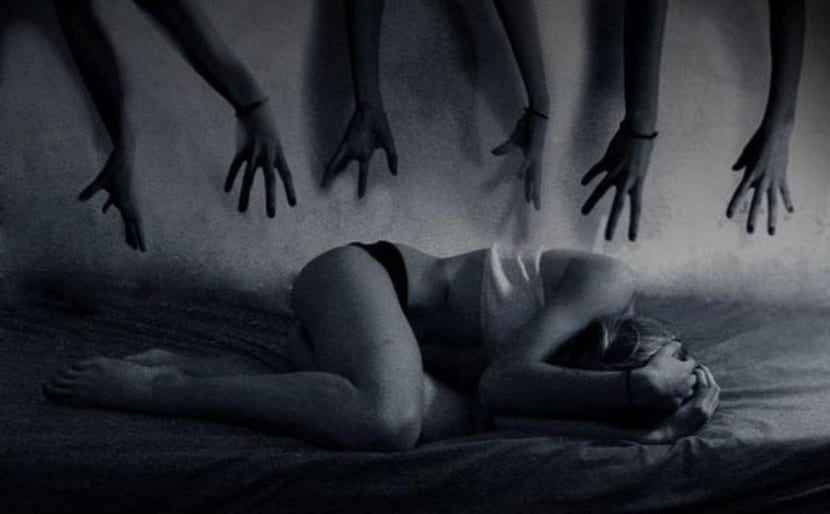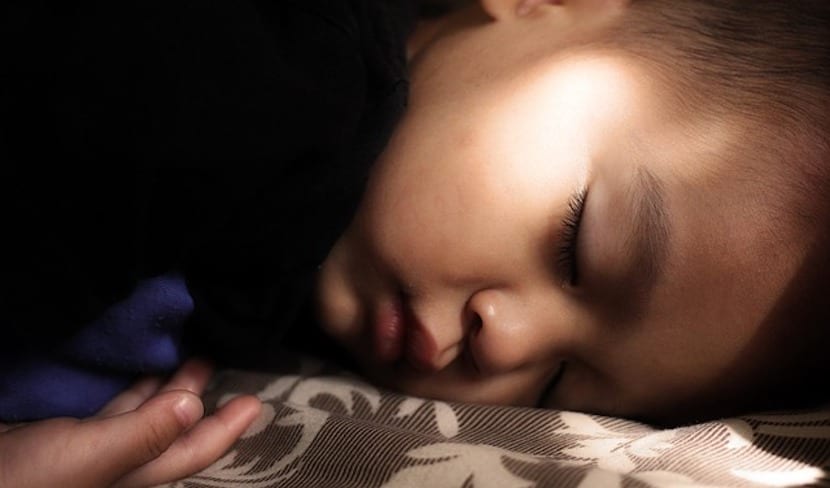
There are a large number of sleep disorders that affect childhood and adolescence. Night terrors is one of the common sleep disorders. These are often mistaken for nightmares, however they are quite different in reality.
Today we explain the difference between them and guide you on what you can do in each case. It is easier to deal with this type of disorder if you know how to act in due course. Each case is different, yes, but a little orientation never hurts.
What is and how does the sleep cycle work?
The sleep cycle is the set of stages that we go through during sleep. While in adults it develops in 5 stages, in the case of Babies they only pass 2. They go through REM phase and then deep sleep, in cycles of 50 or 60 minutes. In babies, periods of sleep alternate with periods of wakefulness, following their own way of sleeping and waking up. It is the parents' duty to achieve an appropriate environment so that the child can establish their own sleep rhythm.

What are sleep disorders?
We call sleep disorder to any alteration of the rhythms or cycles of sleep considered normal. These disorders include narcolepsy, insomnia, sleep paralysis, primary hypersomnia, parasomnia, apnea, night terrors. One of the most frequent among children and adolescents, would be night terrors.

Insomnia is another of the most common sleep disorders.
Nightmares, sleepwalking, or night terrors
Night terrors are a disorder that has the same origin as sleepwalking. However, it is easier for it to be confused with nightmares than with sleepwalking itself. It could be said that sleepwalking is has a milder form than night terrors, the person appears to be awake, but is not conscious. In night terrors crises break out, in which the person may kick or shake violently, however, they are not conscious either. The most common is that the seizures occur approximately 3 hours after falling asleep. This is when the crisis begins, sometimes they get out of bed, shake, stiffen, cry and scream. Thus these crises are often mistaken for strong nightmares.

During a crisis it is possible that our child has his eyes wide open despite being asleep
It is necessary to consult the pediatrician in the following cases:
- If a crisis lasts more than 30 minutes.
- If you convulse with force, or there is stiffness or startles.
- If the seizures do not decrease with the use of melatonin.
- If the anguish generated interferes with your daily activity.
What can we expect from a night terror crisis and how should we deal with it?

If our child is affected by this disorder, we must expect that crises can happen often. As we have already described, in them our child can stiffen, cry, scream, can even kick or shake, convulse ... That is why we should try do not hurt himself doing this, without waking him up at any time. We must remember that the next morning our child will not remember anything, so we must try not to be more scared than they, since it will not really help.